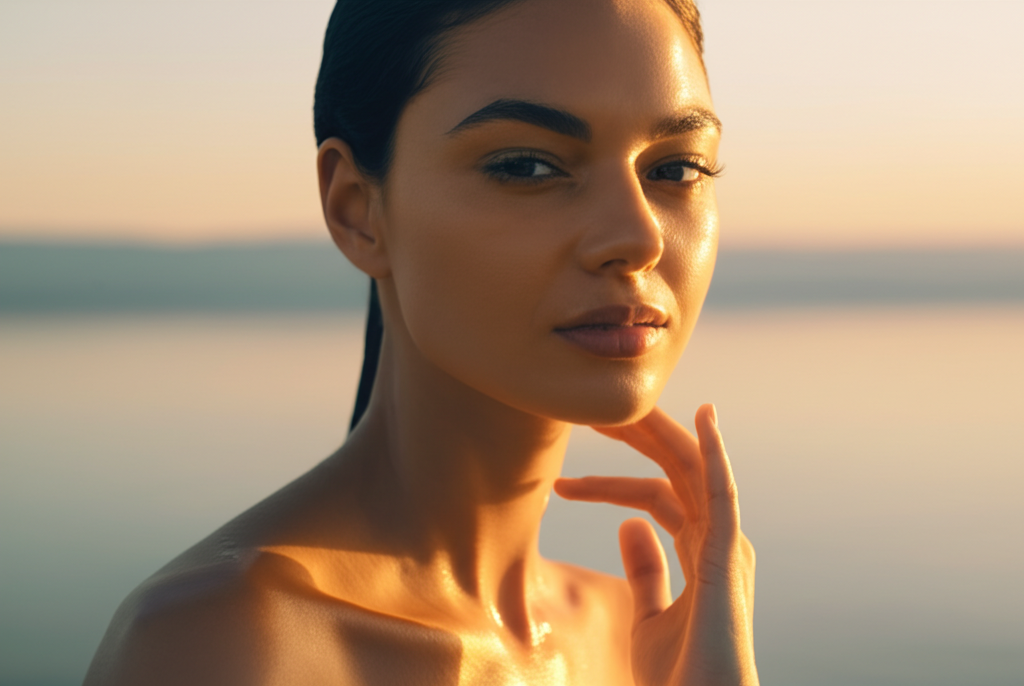What are Dark Circles?
Dark circles are the discoloration or pigmentation under the eyes that give a tired or aged appearance. They can appear bluish, purple, brown, or black, depending on skin type and underlying causes. While not medically harmful, dark circles can significantly affect facial aesthetics and confidence.

What Causes Dark Circles?
Dark circles can result from multiple overlapping factors, including:

Types of Dark Circles
Identifying the type of dark circles helps guide effective treatment:


• New Clinic
ClairéDerma at Greater Noida
ClairéDerma in Greater Noida, led by Dr. Mohna Chauhan, offers expert care for skin, hair, and nail concerns in a welcoming and professional environment. Specializing in clinical, cosmetic, pediatric, and geriatric dermatology, the clinic provides personalized treatments tailored to each patient’s needs. With state-of-the-art equipment and advanced laser technology, ClairéDerma ensures the highest quality care. Dr. Chauhan, a board-certified MBBS, MD dermatologist with extensive experience, is dedicated to delivering effective, compassionate care for all ages, making it the go-to destination for dermatological services in Greater Noida.

Treatment Options

Who is Prone to Dark Circles?
People with a family history of dark circles, thin under-eye skin, or deeper skin tones prone to pigmentation are more likely to develop them. Poor sleep, chronic allergies, sun exposure, and stress further increase risk.

Treatment Journey
01
Diagnosis & Assessment
Type of dark circle is identified—vascular, pigmented, hollow, or mixed.
02
Treatment Planning
Combination of lasers, peels, skincare, or fillers is recommended based on underlying cause.
03
Session-Based Care
Procedures are usually done in multiple sittings for optimal outcomes with minimal downtime.
04
Maintenance & Prevention
Brightening creams, sunscreen, and sleep hygiene are advised for lasting results.

Results & Expectations
Reduction in pigmentation and shadowing after 2–3 sessions.
Skin texture and firmness improve with collagen-stimulating treatments.
Maintained with regular skin care, hydration, and sleep hygiene.

Got Questions?
We've Got Answers
Not always. With the right treatment and care, dark circles can be significantly reduced or resolved.
Home remedies may help mildly, but clinical treatments are more effective for deeper pigmentation or structural causes.
Most patients notice improvement within 2–4 weeks of beginning treatment, depending on the method used.
Yes, when performed by an experienced dermatologist, tear trough fillers are safe and yield natural-looking results.
Look for ingredients like vitamin C, kojic acid, caffeine, niacinamide, and peptides under dermatologist supervision.
Discover Our Treatments

